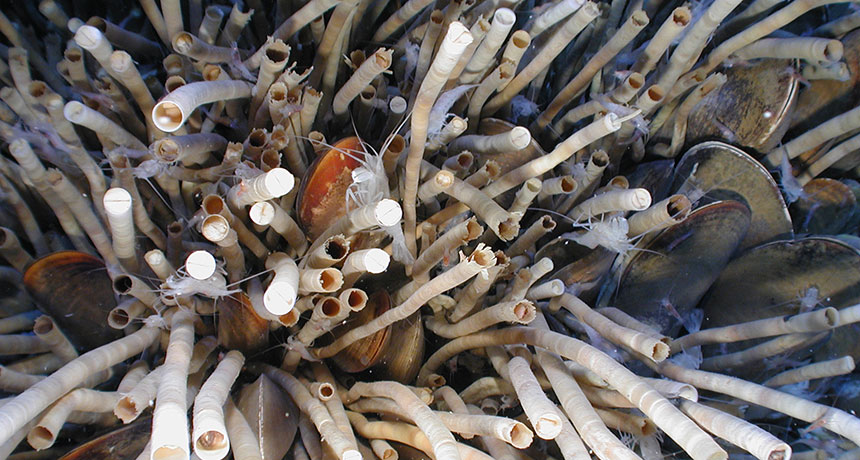These record-breaking tube worms can survive for centuries
One deep-sea species can live more than 300 years, the longest of its kind

GROWING OLD DOWN DEEP Tube worms near seafloor vents eat well and live long.
Courtesy of the Chemo III Project/BOEM and NOAA-OER







